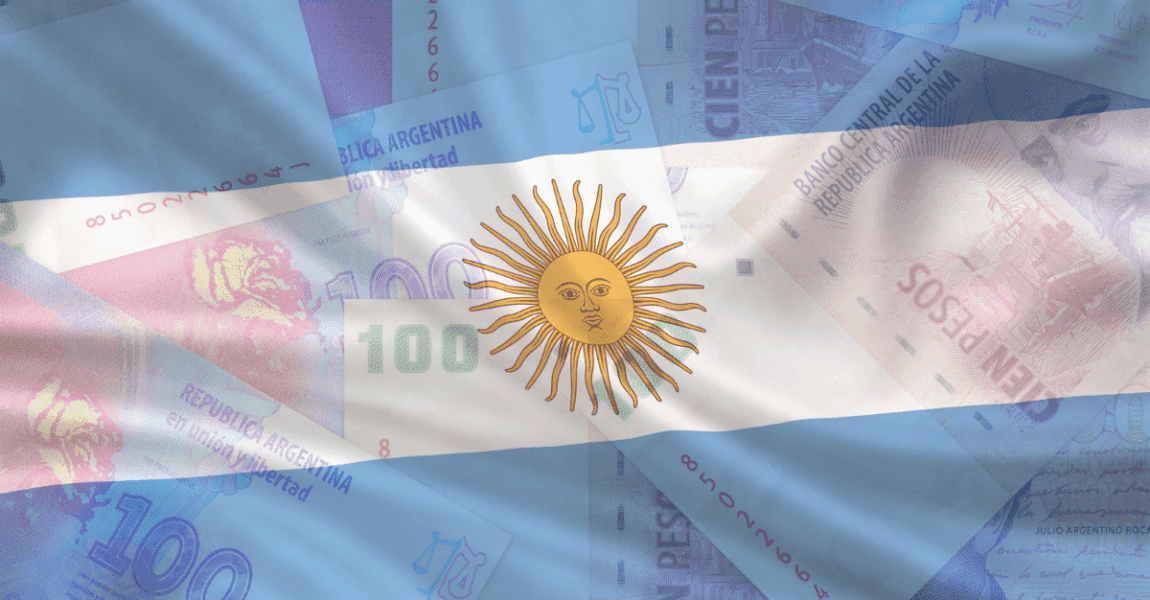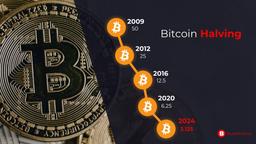As Hyperinflation Becomes The Norm, Argentinians Place Their Trust In Crypto

Despite a bitter crypto winter in 2022, digital asset adoption continues to take off across Central and especially South America as hyperinflation and various challenges from the COVID-19 pandemic accelerated general digital adoption.
Within South America, Brazil ranks as one of the hottest global markets for Web3 projects. In addition, Colombia’s new president, Gustavo Petro, explained in 2021 how “virtual currency is pure information and therefore energy.”
Amid massive hyperinflation and economic turmoil, Venezuelans, toiling under an oppressive government, have been turning to digital assets like Bitcoin as a fiat alternative.
Even the government itself is trying to get involved.
The nation’s government-invented ‘Petro’ (PTR) cryptocurrency was pegged to the minimum wage by government officials in the Spring of 2022. However, reports note that most Venezuelans do not use the Petro unless required (for example, pensions are doled out in PTR).
Like Venezuela, Argentina also suffers from immensely high-interest rates, massive inflation, and poor economic conditions (albeit at a different scope than Venezuela at the moment).
However, the underlying theme is the same – cryptos like Bitcoin look like a viable and safe store of value and medium of exchange for citizens amid economic uncertainty.
Hyperinflation; Can Crypto Balance The Scales For Argentina?
Argentina’s Looking For A Viable Escape From Long-Term Financial Uncertainty
There is much to be explored about Argentina’s economic woes.
Historians often note, since the Peronists in the 1940s, how citizens are largely used to governments who spend the nation into debt. Over the last century alone, the South American country has gone bankrupt nine times with 12+ hyperinflation and reform cycles mixed in.
Modern economists have expressed immense concern about current conditions, as monthly inflation jumped 7% in August 2022 alone, representing an 80% jump from a year earlier. Moreover, in 2022, the IMF signed off on a $44 billion debt deal but cautioned that the agreement came with “exceptionally high” risks.
According to reports, Argentina still owes $40 billion out of a failed $57 billion IMF loan program from 2018.
Even though crypto prices have tumbled downward across 2022, many Argentinians see the virtual currency as a haven due to distrust of the native Peso. About ⅓ of citizens in August polling believed savings in a local bank would hold value over two years.
60% asserted confidence that Bitcoin would hold value in the same period.
Prospects for assets like Bitcoin could grow even higher due to government restrictions on buying U.S. Dollars, a long-time strategy for citizens looking for a fiat alternative to the Peso. Three years ago, officials mandated rules that limited the number of dollars citizens could buy each month and imposed transaction taxes.
While it’s possible to buy dollars on the black market, some prefer cryptocurrency because it’s safer than moving around town with large stashes of bills.

Fall 2022 estimates suggest that more than 2.4 billion, or about 5% of Argentina’s total population, own crypto. Even the government is slowly getting involved. Early October brought news that the nation’s state-owned energy supplier, YPF, was giving power to a crypto mining operation – with plans for a much larger project in the coming months.
Many might look at nations like El Salvador and question crypto’s staying power in other countries that engage with digital assets on a widespread level.
A Risk-Averse Traditional Finance Model Might Help Alternative Assets Flourish
While it might be too soon to tell what the future holds – crypto buying, selling, trading, and lending might gain an even stronger foothold in Argentina due to economic conditions unique to South America.
To start – inflation across the continent is some of the highest in the world, affecting even more ‘stable’ nations like Chile. Moreover, financial inclusion is low, with about 50% of the workforce making money informally without access to instruments like a credit score to secure a bank loan.
With a risk-averse policy, private banks can institute massive interest rates on loans that can make it impossible for repayment as inflation spikes.
Overall, these economic forces usher in crypto as a viable solution for people outside the banking system who rely on a stable and safe way to buy, sell, and trade.
Are cryptos like Bitcoin the solution to every economic problem?
Perhaps not, but digital coins look like a trusted store of value for Argentine citizens who remain untrustworthy of fiat currencies but still need a way to participate in the local economy.




